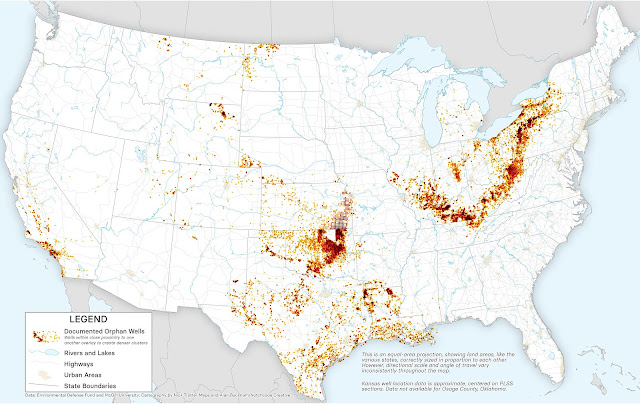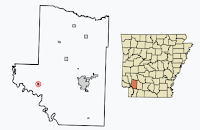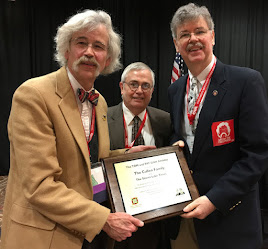 |
Left to right: Executive Director Amanda Richardson and Chair Nicolas Platt of the Corporation for New Jersey Local Media, New Jersey Hills Media Group Executive Editor Liz Parker, and her brother, Business Manager Steve Parker.
|
The largest independent group of community newspapers in New Jersey has gone nonprofit. The
New Jersey Hills Media Group, which has 14 newspapers in the north end of the state, is now owned by the
Corporation for New Jersey Local Media, created with the help of local fund-raising.
CNJLM "will follow a model first used by the Lenfest Institute and the Philadelphia Inquirer. The newspaper group will function as a societal benefits corporation with its own board," the newspapers reported. Owners Liz and Steve Parker, sister and brother, will remain executive editor and business manager, and all "editors, reporters, advertising, and business staffers will similarly remain."
The nonprofit will have a separate board and an executive director, Amanda Richardson. “This structure preserves the traditional editorial independence of the newspapers,” she said. The board's chair is Nicholas Platt, who bear Richardson for township committee in a race "that was notable for its civil discourse and public-spirited debate," the papers report. “We were always in agreement that local news is of paramount importance to a healthy democracy and a strong society,” Platt said.
Liz Parker said much the same in a column, in which she said “We are one of the first community newspaper groups to convert to nonprofit ownership in what is increasingly a national trend for both dailies and weeklies.”
In the news story, she said, “The hedge funds and giant news corporations that have been buying up newspapers across the country come in and gut the news operation, fire editors and reporters, extract as much profit as they can and leave an empty shell. We didn’t want that to happen. Our family has served as stewards of these newspapers for 65 years. Converting to nonprofit community ownership under the Corporation for New Jersey Local Media was the clear solution.”
Steve Parker said going nonprofit “enables us to supplement traditional newspaper advertising and subscription revenue with grants, events, and charitable contributions to fund robust local journalism that enhances civic engagement and builds stronger communities.”
Richardson said, “We are grateful that these newspapers will remain community-owned as they continue to provide responsible local journalism, expand their coverage, serve as watchdogs on local government, and keep their readers informed on the day-to-day lives of the 50 municipalities they serve” in four counties. "Four of the newspapers – one each in Morris, Somerset, Essex and Hunterdon counties – are more than 100 years old, and all 14 have been published continuously for more than 40 years," the newspapers report.















